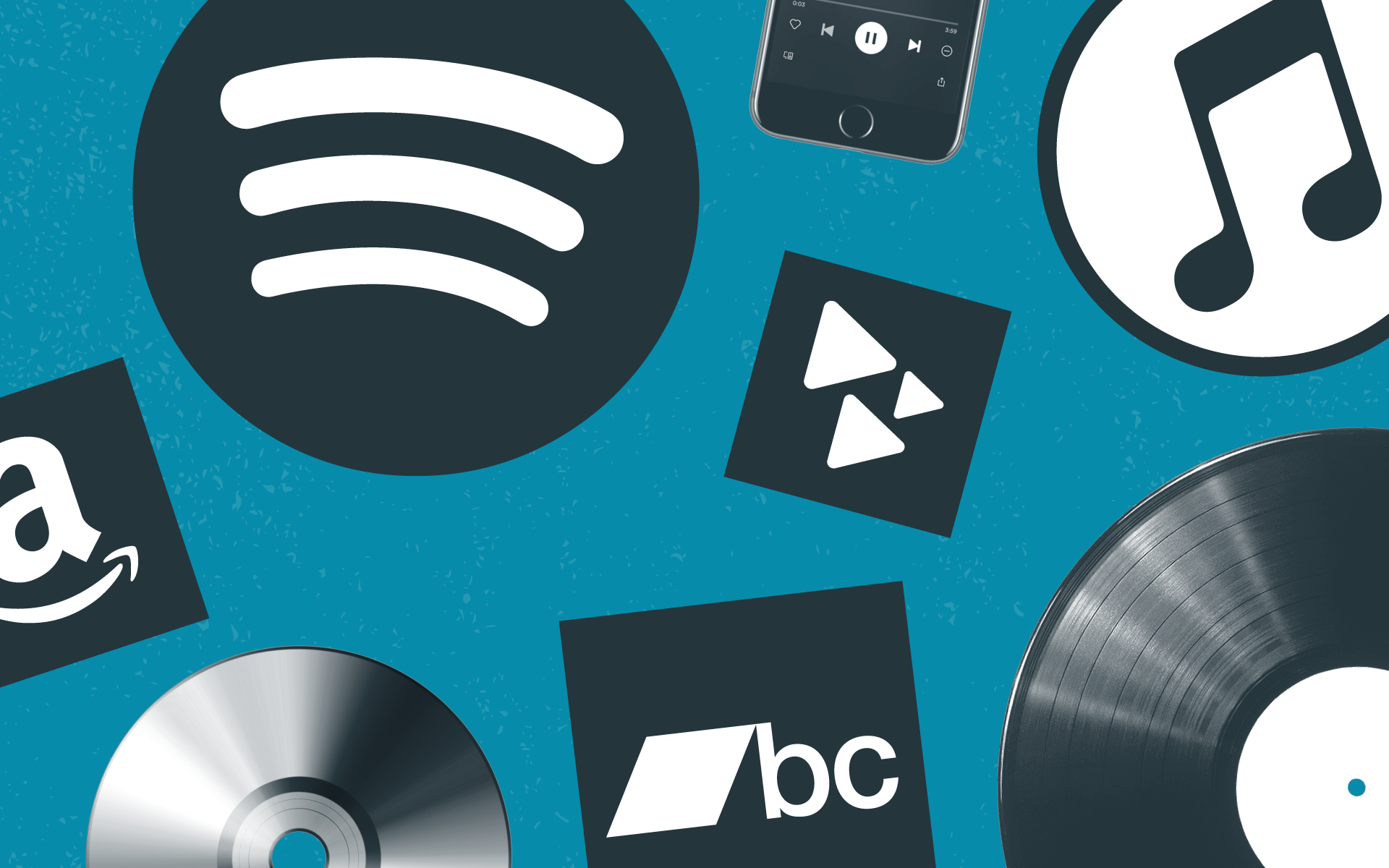Maximizing Impact with Effective Streaming platform distribution
Streaming platform distribution
In the rapidly evolving landscape of entertainment consumption, Streaming platform distribution have emerged as the dominant force, reshaping how we access and enjoy content. With the rise of streaming services, the traditional models of distribution have undergone a profound transformation, presenting both opportunities and challenges for creators, distributors, and audiences alike. The proliferation of Music platforms distribution services has democratized content distribution, providing creators with unprecedented access to global audiences. No longer bound by the constraints of traditional broadcasting or physical media, filmmakers, musicians, and storytellers can now reach viewers directly through digital platforms. This democratization has fueled a creative renaissance, enabling diverse voices and narratives to flourish in ways previously unimaginable.
Importance Of Streaming platform distribution
One of the key aspects of this transformation is the decentralization of content distribution. Gone are the days when audiences were limited to a handful of channels or networks dictated by corporate gatekeepers. Today, consumers have an abundance of choices, with a plethora of streaming platforms catering to every conceivable taste and interest. From mainstream giants to niche services focusing on specific genres or demographics, the streaming landscape offers something for everyone.
However, with this abundance comes the challenge of fragmentation. As the market becomes increasingly crowded, consumers may find themselves overwhelmed by the sheer number of options available. The rise of subscription fatigue is a real concern, as viewers grapple with the prospect of juggling multiple subscriptions to access their favorite content.

To address this issue, streaming platforms are exploring innovative strategies to differentiate themselves and attract subscribers. Original content has become a battleground, with platforms investing heavily in exclusive programming to lure audiences. From blockbuster movies to award-winning series, original content has become a key differentiator, driving subscriber growth and retention.
Another trend shaping the distribution landscape is the emergence of hybrid models that blend subscription-based services with ad-supported offerings. This hybrid approach allows platforms to diversify their revenue streams while offering consumers more flexibility in how they access content. By balancing the needs of advertisers and subscribers, these platforms are able to reach a broader audience and monetize their content more effectively.
Furthermore, streaming platforms are increasingly investing in technology to enhance the user experience and personalize content recommendations. Advanced algorithms analyze viewing habits and preferences to deliver tailored recommendations, ensuring that users discover new content that aligns with their interests. This data-driven approach not only improves user engagement but also helps platforms optimize their content libraries and acquisition strategies.
Conclusion
The future of streaming platform distribution is likely to be shaped by further innovation and evolution. From the integration of virtual reality and augmented reality technologies to the expansion of global markets, the possibilities are endless. As streaming platforms continue to redefine the way we consume and engage with content, one thing is certain: the era of passive consumption is over, replaced by an era of interactive, immersive, and personalized entertainment experiences.
You can follow video marketing consultant on their Social Media like Instagram or Facebook and many more.








Recent Comments